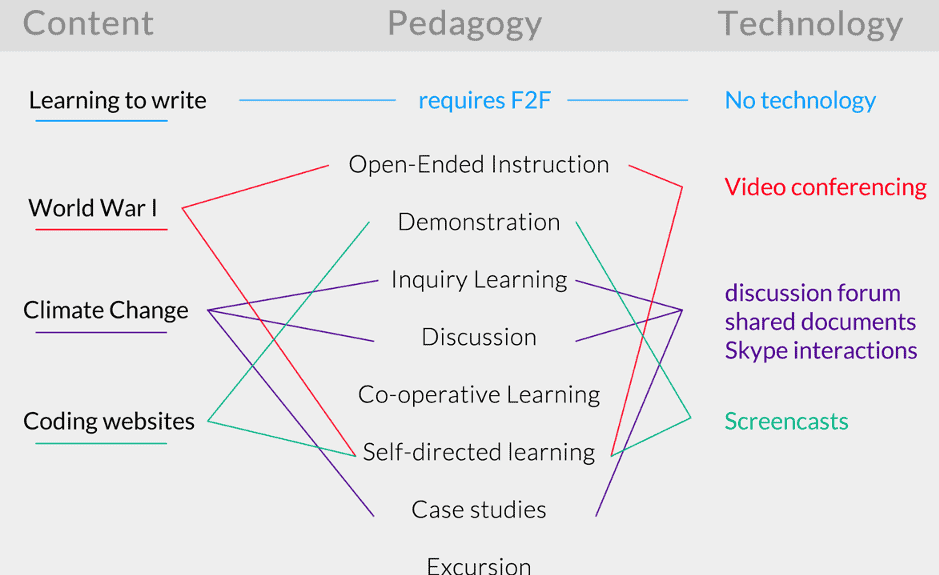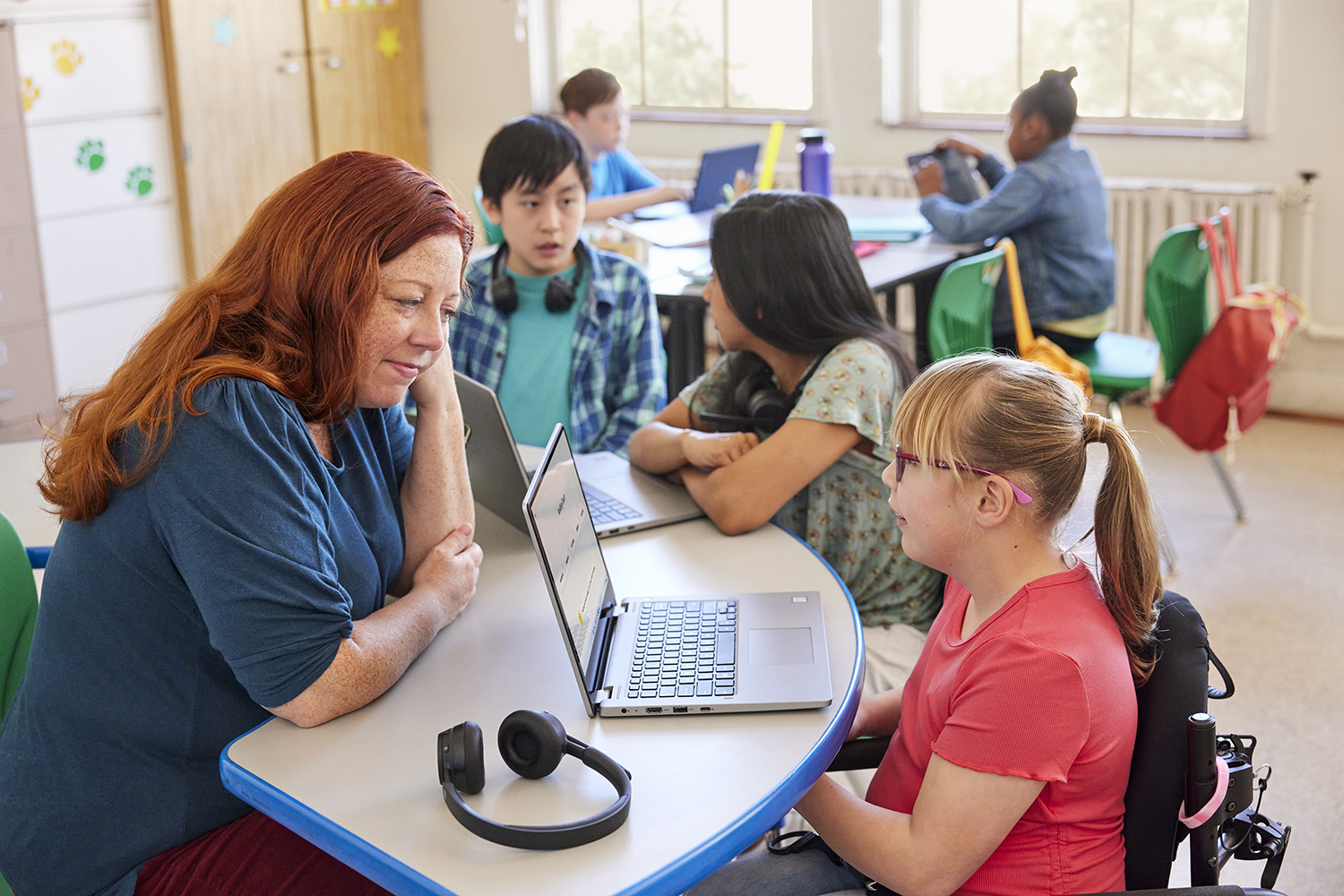From time to time, we feature guest blogs from educators who are making a difference in the lives of young people and who are eager to share their success with the Microsoft Education community. These Changemakers, as we call them, offer insights into the effective use of classroom resources, how to prepare today’s youth for the jobs of tomorrow, and ways that technology can personalize instruction and empower students to lead in their learning. Today’s Changemaker blog was written by Koen Timmers, a computer science educator and author in Hasselt, Flanders, Belgium. Koen is a lecturer at PXL university college in Hasselt and co-founder of TAG Inc., a nonprofit in the United States. He has been a top-10 finalist for the prestigious Global Teacher Prize and is a Microsoft Expert Educator Fellow. He is also the founder of the Kakuma project, through which educators across the world offer free education to African refugees via Skype.
While schools are shutting down due to the COVID-19 virus, educators and administrators are looking for quality options for providing instruction to students. Suddenly, e-learning is not just a buzz word anymore, and distance learning is replacing formal classrooms.
Distance learning is something I’m comfortable with, having engaged in it with students here in Belgium and globally, including with children at the Kakuma refugee camp in Kenya. There, we’ve used Skype to bring hundreds of educators from 75 countries together with child refugees who have escaped war and famine in Sudan, Somalia and in the Democratic Republic of Congo.
I’ve learned a lot along the way, and what follows are my recommendations for how you can get going with remote learning too.
1. Content is king, and pedagogy is critical too
First, it’s important to remember that technology, as good as it might be, will never replace you – the teacher. During these difficult times, however, technology is standing in for your traditional classroom.
As an educator, though, even if you’re working remotely, you have to ensure great pedagogy and great content are paired. Finding the right software and tools to get the job done is the critical task in front of you.
The chart below can help you envision this.

2. School needs vision
Once you’ve found the right pedagogy and tool, it’s time to think about two directions in which you can go: synchronous and asynchronous learning.
3. Synchronous “live” teaching
In case you want to teach live online, you can use video conferencing. Microsoft Teams and Skype give you the opportunity to set up live session with your students. These allow interactions so your students can ask questions. All it takes is a microphone and sound speakers. Using a webcam, so everyone can see each other, will increase engagement but requires more bandwidth. You can share your screen, but remember every subject requires a different approach. A literature teacher might prefer to share a PowerPoint presentation, while a math teacher might prefer using digital ink and Microsoft Whiteboard.
4. Asynchronous “learn on demand” teaching
Instructional videos, or screencasts, allow your students to learn on demand, at their own pace. Creating quality videos requires having a script and can generally take a lot of time to produce, but they can be worthwhile and free up time for you to work individually with students.
You can record yourself narrating a lesson over slides you create in in PowerPoint. When you make a recording of a presentation this way, the narration, animation, and other elements are saved right in the presentation. This allows your presentation to become a video your students can watch in PowerPoint. You can learn more about how to do that here. And if you use the same template for your instructional videos, they’ll have a similar look and feel. You can even add subtitles to your presentations and put them all on YouTube or your school’s electronic learning platform.
5. Troubleshooting
There are things you can do to support your student’s success as they get comfortable with remote learning. Create a small how-to manual and email it to them before getting started. It should explain how to enter a virtual classroom and lay out the ground rules, such as the need for students to be respectful online. Don’t be surprised if your first remote learning class doesn’t go particularly well. That’s fine! Just tell your students what to expect.
Start by asking your students whether they can hear you. Since some students may not have access to a microphone, the chat function becomes a useful tool to start an interaction.
6. Distance learning can be more than instruction
Remember, you don’t always have to be at the center of instruction. Students can learn from their peers, by creating, and by doing.
Make sure to shift to learning approaches when needed and match those practices with the right tools. Teaching about climate change? Allow your students to brainstorm in Flipgrid and listen to your students. It’s a great way to empower student voice on an issue that leaves many feeling helpless.
Ask your students to also brainstorm in OneNote, and set up a shared document for each group so students can work on an essay together. Or, ask your students to interview experts via Teams and to create a virtual world with solutions in Minecraft: Education Edition.
Do your students need to write an essay? Ask them to offer feedback on each other’s work in Word Online by commenting or using the chat function. They’ll learn by improving the grammar of their peers. All set? Teachers can then take a look and give another round of feedback. Ask your students to reflect, by creating a Sway. Reflection helps to make up your mind and remember facts.
By going in creative directions, learning will become more playful, authentic, and meaningful, and your students will love it.
7. No holy grail
Just like in the classroom, different subjects, grades, students, and schools require different learning approaches. There’s no single solution, or holy grail, to remote learning.
What works for you, might not work for your colleague teaching another subject in another grade. Through planning and some trial and error, you’ll figure out what works best for you and your students.
8. Quizzes and feedback
Quizzes are important to track student learning. I don’t think you have to grade every single one, and you might want to take into account when grading that the technology could be new for your students.
Allow them to offer anonymous feedback in Office Forms so you know there are no concerns when it comes to curriculum, new learning approaches, and technology.
9. You’re not alone
Many colleagues in your city, country, and even on other continents are dealing with the same issues. You are not on your own!
Check out the Microsoft Educator Center for free teacher-created resources and sign up for the MEC newsletter. You can also sign up to be part of the Microsoft Remote Learning Community. It’s a great place for educators to connect with each other and with Microsoft experts on issues related to distance learning.
Whatever challenges you’re working through, when it comes to remote learning or teaching generally, there is a very supportive Microsoft Innovative Educator community that’s eager to share expertise and respond to questions. We want to hear about your experiences, too, and one way to reach out is through Twitter by tagging @MicrosoftEDU!









